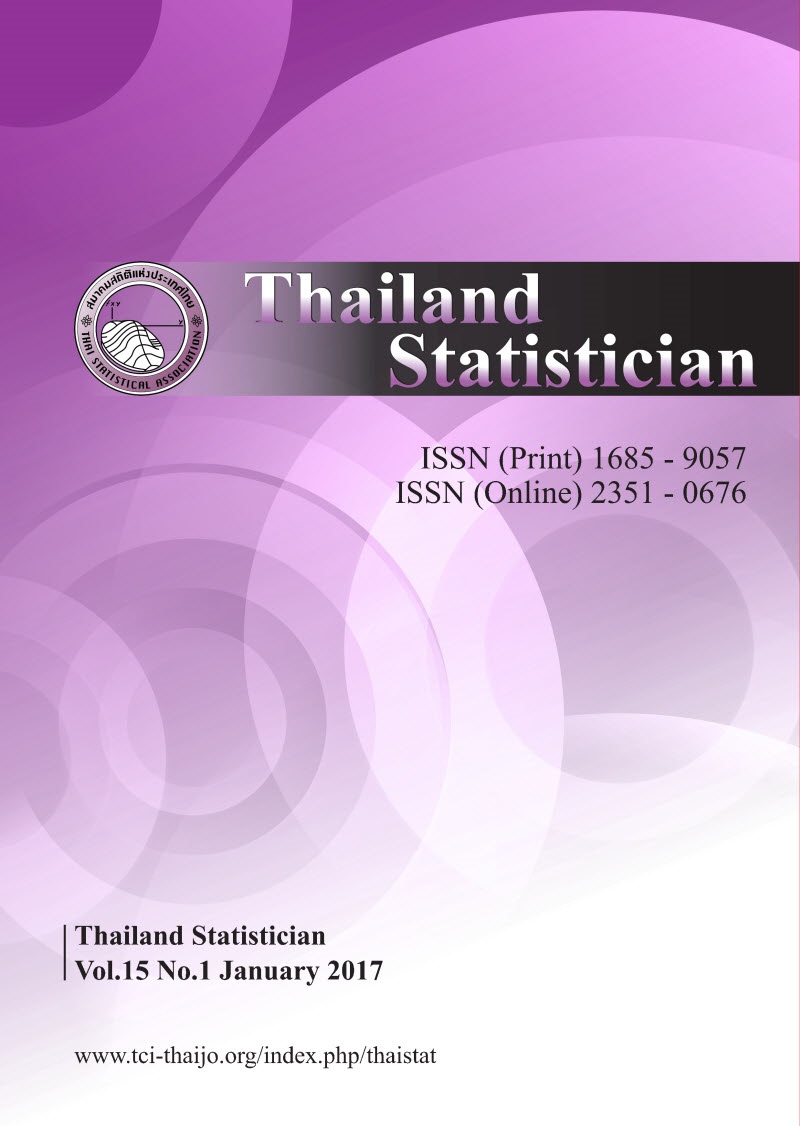Stratified Inverse Sampling for Rare Populations
Keywords:
inverse sampling, stratified sampling, unequal probability samplingAbstract
This paper considers stratified inverse sampling with four variations from each stratum, namely inverse random sampling with replacement, inverse random sampling without replacement, inverse probability proportional to size (PPS) sampling with replacement and inverse PPS sampling without replacement. Unbiased estimators of the mean of a study variable in the whole population and the number of units in a class of interest together with their unbiased variance estimators are given. Estimation of the mean per unit in the class of interest is also presented. A simulation study is employed to study the properties of these sampling designs and the results indicate that inverse sampling without replacement is more efficient than inverse sampling with replacement. Inverse PPS sampling gives higher efficiencies of the estimates than inverse random sampling when correlation coefficient between auxiliary and study variables is large. When the number of sampled units in a class of interest increases, the variance and mean squared error of the estimate decreases.Downloads
How to Cite
Sangngam, P., & Suwattee, P. (2015). Stratified Inverse Sampling for Rare Populations. Thailand Statistician, 10(1), 69–86. retrieved from https://ph02.tci-thaijo.org/index.php/thaistat/article/view/34233
Issue
Section
Articles




